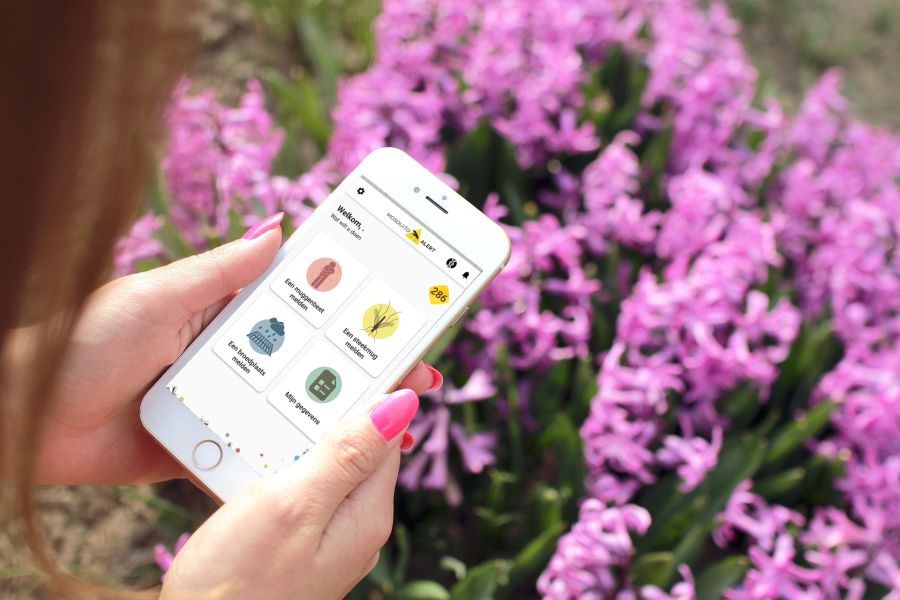PRESS RELEASE | Annoyed by mosquitoes? Take a picture!

European scientists need the help of citizens in tracking mosquitoes. Therefore, download the Mosquito Alert App and share your pictures of mosquitoes, mosquito bites and mosquito breeding sites. The more photos are submitted, the better the scientists can identify mosquito species, map their locations and monitor their activity. In addition to mosquito images, the Mosquito Alert App helps to collect information on mosquito life cycles and to disseminate information how to control and eliminate local mosquito populations directly.
Mosquitoes can spread diseases like dengue fever, West Nile fever, Zika and malaria. Scientists are concerned about exotic mosquitoes spreading across Europe aided by climate change, travel and trade. However, tracking mosquitoes is difficult. There are knowledge gaps about where mosquitoes live and their activity patterns. Scientists are asking for everyone’s help to fill in these gaps.
How can citizens take part in mosquito surveillance?
To help scientists solve some of the mysteries around mosquitoes, citizens across Europe are invited to become a citizen scientist by downloading the Mosquito Alert app (available for free for Android and iOS). Once done, the rest is simple: take a picture of any mosquito you come across, dead or alive, and submit it via the app. Mosquito bites and pictures of breeding sites can also be sent in. Understanding when and where mosquitoes bite are key pieces of information for predicting high risk areas of mosquito-borne diseases.
Citizen science is an important tool to help to keep an eye on invasive exotic mosquitoes
Since the launch of Mosquito Alert App in 2014 in Spain, over 37,000 mosquito photographs have been submitted by citizens all over Europe. Citizen scientists reported also 21,928 bites, and 8,310 breeding sites. In total, information from 4,431 municipalities from 42 European countries was collected. All the pictures, bites and breeding sites are validated by a team of more than 50 international mosquito experts across Europe. Through this app invasive mosquitoes such as the Asian tiger mosquito (Aedes albopictus) were found in places like Spain, Italy, and the Balkans, and the Asian bush mosquito (Aedes japonicus) in Austria and Hungary. In the Netherlands, the Asian bush mosquito is established in several municipalities, but the Asian tiger mosquito is not thanks to an active surveillance and eradication programme by the Center for Monitoring Vectors (CMV) of the Netherlands Food and Consumer Product Safety Authority (NVWA).
“Our ambition is to explore if and how citizen science can help shape our preparedness for emerging diseases. The help of citizens is very important. Working together with citizens the Mosquito Alert app helps us to identify, map and investigate mosquito populations quickly, so that their impact on our health and on our environment can be limited,” said Professor Marion Koopmans, coordinator of the research consortia One Health PACT and VEO, cooperation partners of the Mosquito Alert App.
The Mosquito Alert App is available for free and can be downloaded from the iOS App Store and Google Play.